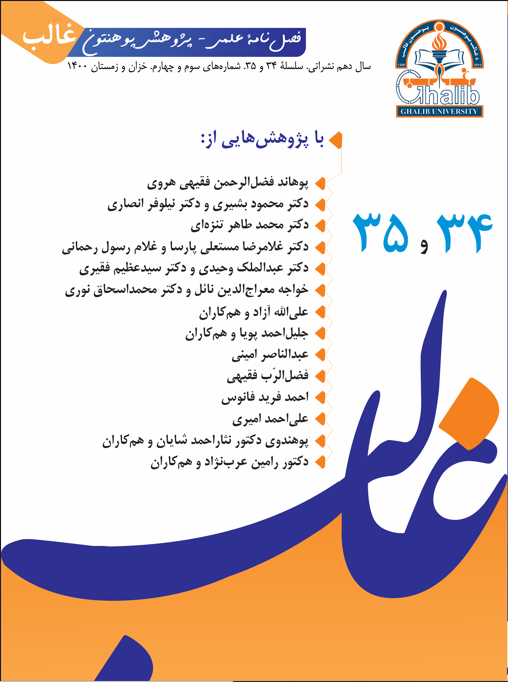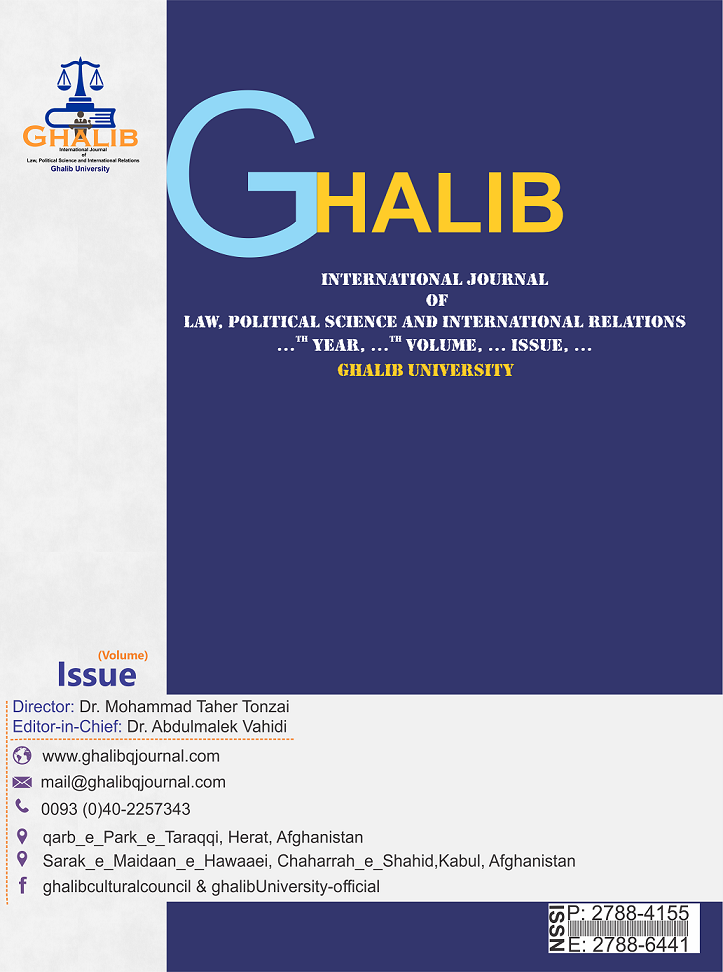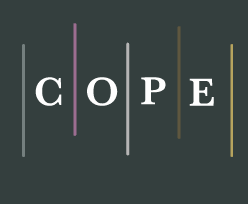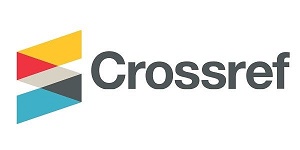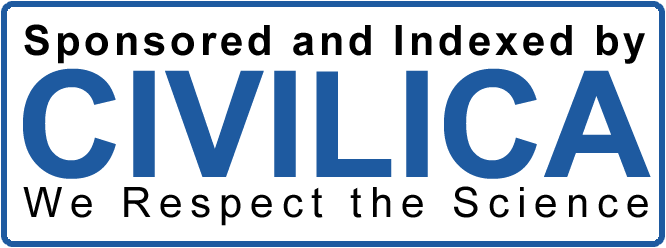12. Investigating the effect of hierarchical and market culture on corruption
(Case Study: the Herat and Farah)
DOI:
https://doi.org/10.58342/.v10i34-35.24Keywords:
Hierarchical culture, market culture, corruption and government organizations of Herat and Farah.Abstract
Corruption is an ominous phenomenon that most countries are grappling with; there are several factors to eradicate this ominous phenomenon, which, one of them is organizational culture. Therefore, the present study is entitled to study the effect of hierarchical and market culture on corruption in government organizations in Herat and Farah provinces, where hierarchical and market culture as independent variables and corruption as a dependent variable. the main purpose of this study was to investigate the effect of hierarchical and market culture on corruption in government organizations in Herat and Farah. The main question of this research was: Does the culture of hierarchy and market have a significant effect on corruption? It seems that: There is a significant and negative relationship between hierarchical and market culture and corruption. Data were collected and tested using the Smart PLS program. The statistical population of this study was 70 government organizations of Herat and Farah, for which a questionnaire was randomly distributed and analyzed. The research method in this research was quantitative in terms of applied purpose and in terms of data collection. The results show that hierarchical culture has a negative effect on corruption; That is, as one increases, the other decreases, and as one decreases, the other increases; and there is no significant relationship between market culture and corruption.
Downloads
Published
Versions
- 2022-08-07 (2)
- 2022-03-08 (1)

